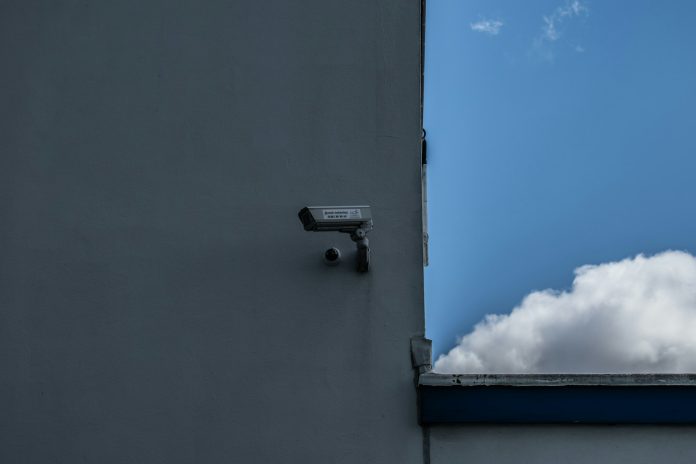In a world increasingly shaped by automation, artificial intelligence, and the Internet of Things (IoT), one form of technology has silently revolutionized both industrial operations and consumer experiences alike: the industrial camera.
Once limited to high-precision applications on factory floors and production lines, industrial imaging systems have evolved into powerful tools now integrated into everyday technologies. From autonomous delivery logistics to smart home surveillance, machine vision cameras are no longer just a cornerstone of industrial automation—they are the backbone of how modern society sees, sorts, secures, and even shops.
This transformation isn’t just about repurposing old tech—it’s about a rapid convergence of industrial robustness, AI-powered imaging, and growing consumer demand for smarter, more efficient systems. And at the heart of it all is a new generation of cameras designed to be faster, smarter, and more adaptable than ever before.
How industrial cameras became smarter and smaller
The earliest industrial cameras were built for one job: precision image capture in tightly controlled environments like manufacturing plants. They were large, heavy, and expensive—but reliable. Over time, driven by advances in CMOS sensors, edge computing, and artificial intelligence, these devices shrank in size and expanded in function.
Today’s machine vision cameras don’t just capture images; they analyze them in real time. This means they can detect defects on a production line, guide robotic arms with sub-millimeter accuracy, and interpret traffic flows in urban settings—all without human intervention.
These capabilities opened the door to a wave of innovation beyond the factory floor. As the technology matured, costs dropped, and applications widened, making industrial imaging solutions attractive not just to manufacturers, but to retailers, smart home innovators, and city planners.
Smarter logistics powered by machine vision
One of the most visible shifts in everyday life has been the rise of automated logistics. With the global explosion of e-commerce, accuracy and speed in supply chains have become paramount. Companies like Amazon, FedEx, and countless regional distributors now rely heavily on machine vision cameras to manage warehouse operations.
Packages are scanned, sorted, and tracked with almost no human oversight. Industrial cameras mounted on conveyor belts, drones, or autonomous vehicles help ensure that each product arrives at the right place at the right time—something nearly impossible at scale using only human labor.
This same logistics infrastructure is creeping into residential experiences too. Think about the smart lockers at your grocery store or contactless deliveries that arrive at your front door with real-time tracking and verification—all enabled by industrial-grade imaging systems.
The rise of vision-based security in smart homes
Another sector benefiting from the consumerization of industrial imaging is home security. The line between industrial and consumer surveillance is rapidly blurring. Many smart doorbells and home security systems now incorporate core technologies derived from industrial cameras.
These systems aren’t just recording footage—they’re identifying people, distinguishing between a dog and an intruder, and alerting homeowners in real-time via smartphone apps. The precision and reliability of industrial-grade cameras have raised the bar for what consumers expect from their home security devices.
More impressively, the AI-backed vision capabilities borrowed from machine vision systems mean these cameras improve over time, learning to minimize false alarms and enhance object recognition.
Smart cities and traffic systems driven by industrial imaging
Urban planners and municipalities are increasingly turning to machine vision cameras for real-time data collection and automation. Traffic lights now adapt to congestion levels thanks to AI-driven image analysis. Public transit systems rely on industrial cameras to monitor safety, count passengers, and enforce rules.
License plate recognition (LPR), pedestrian tracking, and automatic violation detection are all powered by the same imaging technologies that once only served factory floors. These systems help city services run more efficiently while reducing the need for constant human oversight.
For citizens, this translates into less congestion, quicker emergency responses, and safer public spaces—all enabled by cameras that never blink.
Industrial cameras in retail, agriculture, and healthcare
Beyond security and logistics, industrial imaging is making waves in unexpected sectors:
- Retail: In-store analytics now use industrial-grade cameras to monitor foot traffic, detect shelf stock levels, and even power cashierless checkout systems like Amazon Go.
- Agriculture: Machine vision systems guide autonomous tractors, monitor crop health via drone imaging, and detect diseases early—improving yields and reducing waste.
- Healthcare: Precision imaging using high-resolution industrial cameras enables robotic surgeries, diagnostic imaging, and real-time patient monitoring in medical settings.
As these technologies migrate across sectors, they improve not only operational efficiency but also end-user experiences—from more personalized shopping to safer, faster healthcare.
Why businesses and homeowners should take notice
Whether you’re a business owner looking to automate operations or a homeowner aiming to upgrade your security system, understanding the capabilities of modern industrial camera systems is essential.
Machine vision isn’t just a buzzword—it’s a toolset that allows systems to interpret the world visually and make decisions instantly. This capability is already improving product quality, customer service, and safety standards across industries. For residential users, it’s leading to homes that can recognize visitors, distinguish threats, and respond to changes dynamically.
The future of vision technology is everyday life
What started in the sterile, structured environments of industrial manufacturing has now spread into neighborhoods, retail stores, hospitals, and homes. Machine vision cameras and industrial cameras are no longer niche tools—they are ubiquitous, integral to modern infrastructure, and increasingly indispensable.
As the technology continues to evolve—with better sensors, faster processing, and deeper AI integration—its role in daily life will only grow. From how we receive packages to how we protect our families and even how we shop, industrial imaging is shaping a smarter, more responsive world.



 Bitcoin
Bitcoin  Ethereum
Ethereum  Tether
Tether  XRP
XRP  USDC
USDC  Wrapped SOL
Wrapped SOL  TRON
TRON  Lido Staked Ether
Lido Staked Ether  Cardano
Cardano  Avalanche
Avalanche  Toncoin
Toncoin